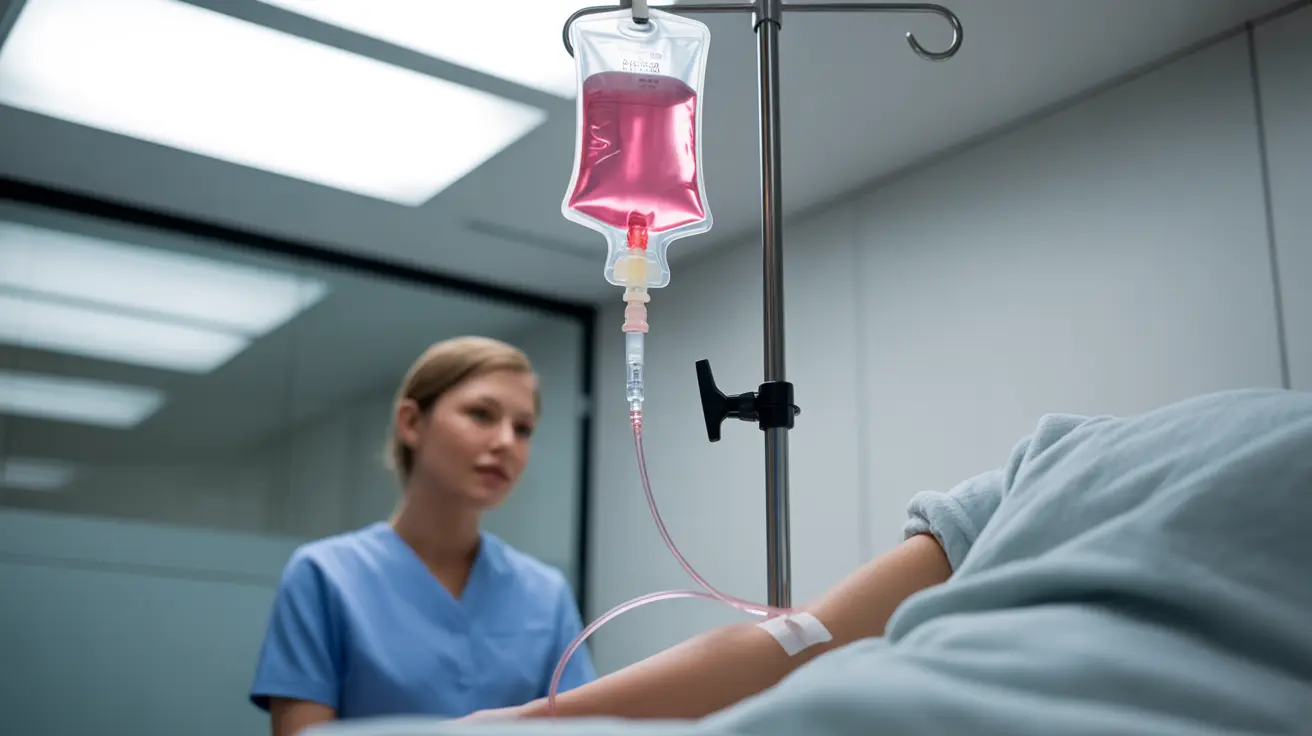Cytotoxic chemotherapy remains one of the primary treatment options in the fight against cancer. This powerful medical intervention targets rapidly dividing cells throughout the body to eliminate cancer cells. Understanding how it works, its effects, and how to manage treatment can help patients and caregivers navigate this challenging but potentially life-saving therapy.
While effective against many types of cancer, cytotoxic chemotherapy requires careful management and understanding of both its benefits and potential side effects. This comprehensive guide will explore the essential aspects of this treatment to help you make informed decisions about your care.
How Cytotoxic Chemotherapy Works
Cytotoxic chemotherapy functions by targeting cells that divide rapidly – a characteristic feature of cancer cells. These medications work in various ways to prevent cancer cells from multiplying and spreading throughout the body. They can damage cell DNA, interfere with cell division, or block specific proteins necessary for cancer cell growth.
However, because these drugs target all rapidly dividing cells, they can also affect healthy cells in your body, particularly those in your bone marrow, digestive tract, and hair follicles. This explains why patients often experience side effects during treatment.
Types of Cytotoxic Chemotherapy Agents
Different types of cytotoxic agents work in various ways to fight cancer:
- Alkylating agents (like cyclophosphamide)
- Antimetabolites (such as 5-fluorouracil)
- Plant alkaloids (including vincristine)
- Antitumor antibiotics (like doxorubicin)
- Platinum compounds (such as cisplatin)
Each type of agent is particularly effective against certain cancers, and oncologists often combine different agents to create the most effective treatment protocol for each patient.
Managing Side Effects
Common side effects of cytotoxic chemotherapy can include:
- Nausea and vomiting
- Fatigue
- Hair loss
- Decreased blood cell counts
- Digestive issues
- Mouth sores
Healthcare providers typically prescribe supportive medications to help manage these side effects. Additionally, specific lifestyle modifications and self-care strategies can significantly improve quality of life during treatment.
Safety Precautions During Treatment
Cytotoxic drugs require careful handling both in medical settings and at home. Patients and caregivers should follow specific safety guidelines:
- Use separate bathroom facilities when possible
- Double-flush toilets after use
- Wear gloves when handling bodily fluids
- Wash hands frequently and thoroughly
- Keep living areas clean and sanitized
- Follow medical team instructions for handling medications
Lifestyle Support During Treatment
Several lifestyle modifications can help support your body during cytotoxic chemotherapy:
- Maintain a balanced, nutrient-rich diet
- Get adequate rest and gentle exercise when possible
- Practice good hygiene to prevent infections
- Stay well-hydrated
- Avoid alcohol and tobacco
- Seek emotional support through support groups or counseling
Frequently Asked Questions
What are the most common side effects of cytotoxic chemotherapy, and how can they be managed?
The most common side effects include nausea, fatigue, hair loss, and decreased blood cell counts. These can be managed through anti-nausea medications, proper rest, dietary modifications, and regular monitoring of blood counts. Some patients also benefit from complementary therapies like acupuncture or meditation for symptom management.
How long do cytotoxic chemotherapy drugs stay in the body, and what safety precautions should patients and caregivers follow at home?
Cytotoxic drugs can remain in the body for up to 72 hours after treatment. During this time, patients and caregivers should use separate bathrooms when possible, wear gloves when handling bodily fluids, and maintain strict hygiene practices. All bodily fluids should be treated with caution during this period.
What are the main types of cytotoxic chemotherapy agents, and which cancers do they treat best?
The main types include alkylating agents, antimetabolites, plant alkaloids, antitumor antibiotics, and platinum compounds. Each type is particularly effective for specific cancers – for example, platinum compounds often treat ovarian and lung cancers, while antimetabolites are commonly used for breast and colorectal cancers.
How does cytotoxic chemotherapy work to fight cancer, and why can it affect healthy cells as well as cancer cells?
Cytotoxic chemotherapy targets rapidly dividing cells by damaging their DNA or interfering with cell division. Because both cancer cells and certain healthy cells (like those in hair follicles and the digestive tract) divide rapidly, the treatment can affect both types of cells, leading to side effects.
What lifestyle changes or home remedies can help reduce the side effects of cytotoxic chemotherapy?
Beneficial lifestyle changes include maintaining a balanced diet, staying hydrated, getting adequate rest, and engaging in gentle exercise when possible. Home remedies like ginger tea for nausea, cold caps for reducing hair loss, and meditation for stress management can also help minimize side effects.




